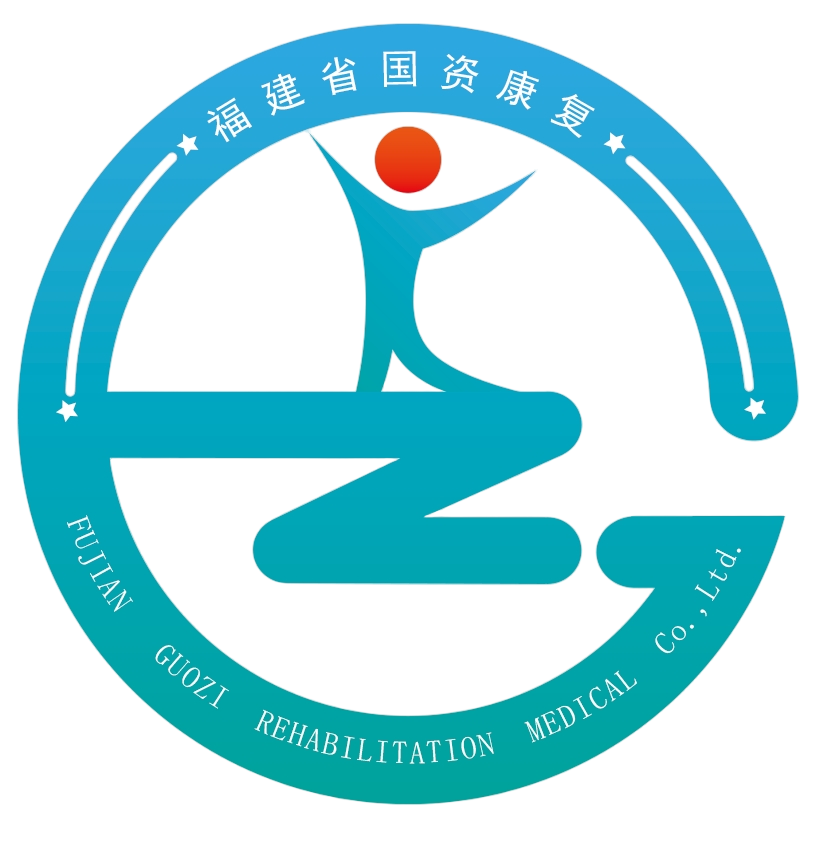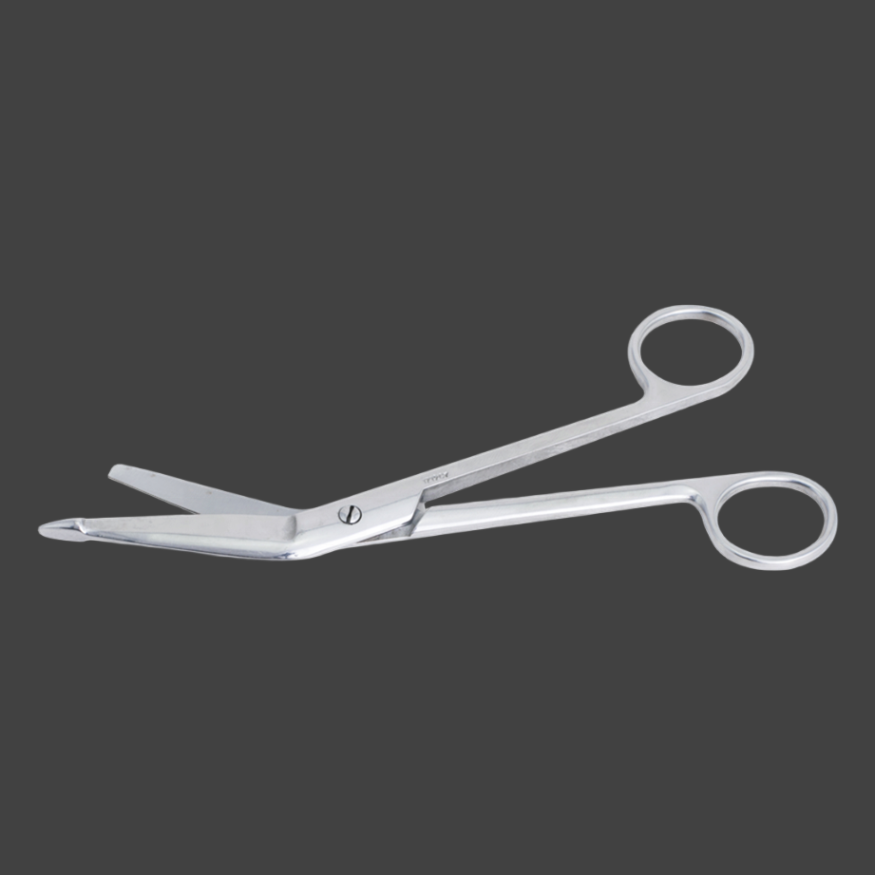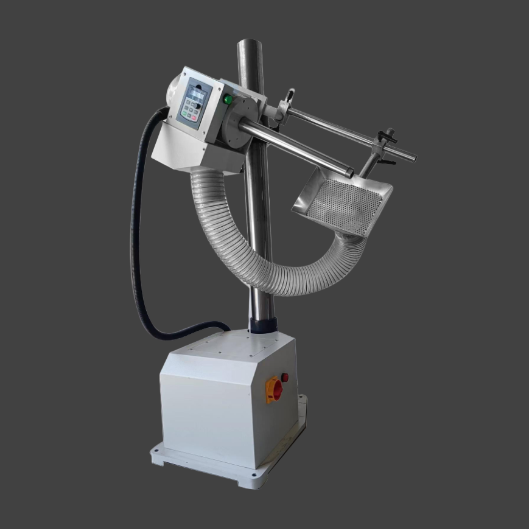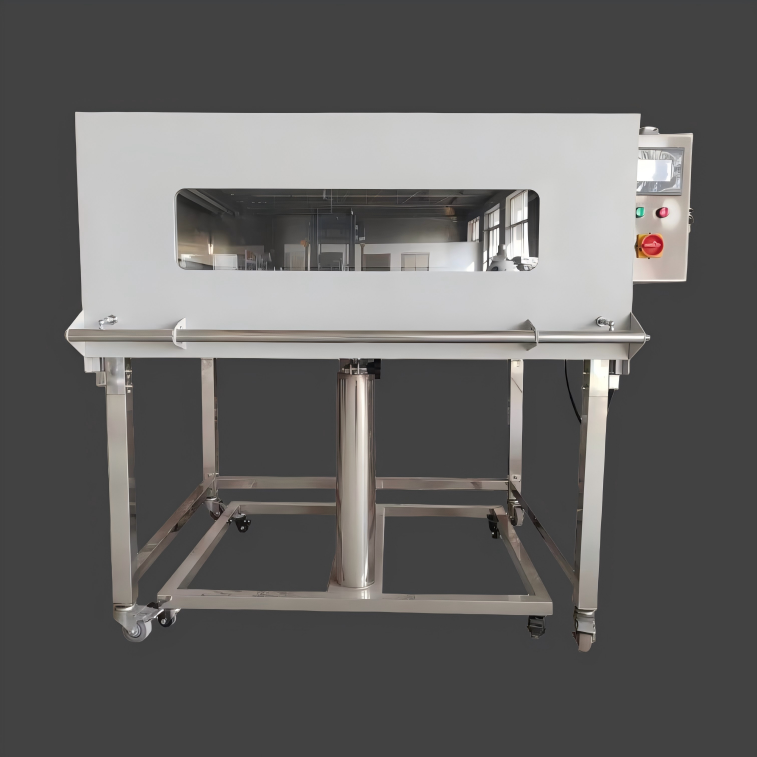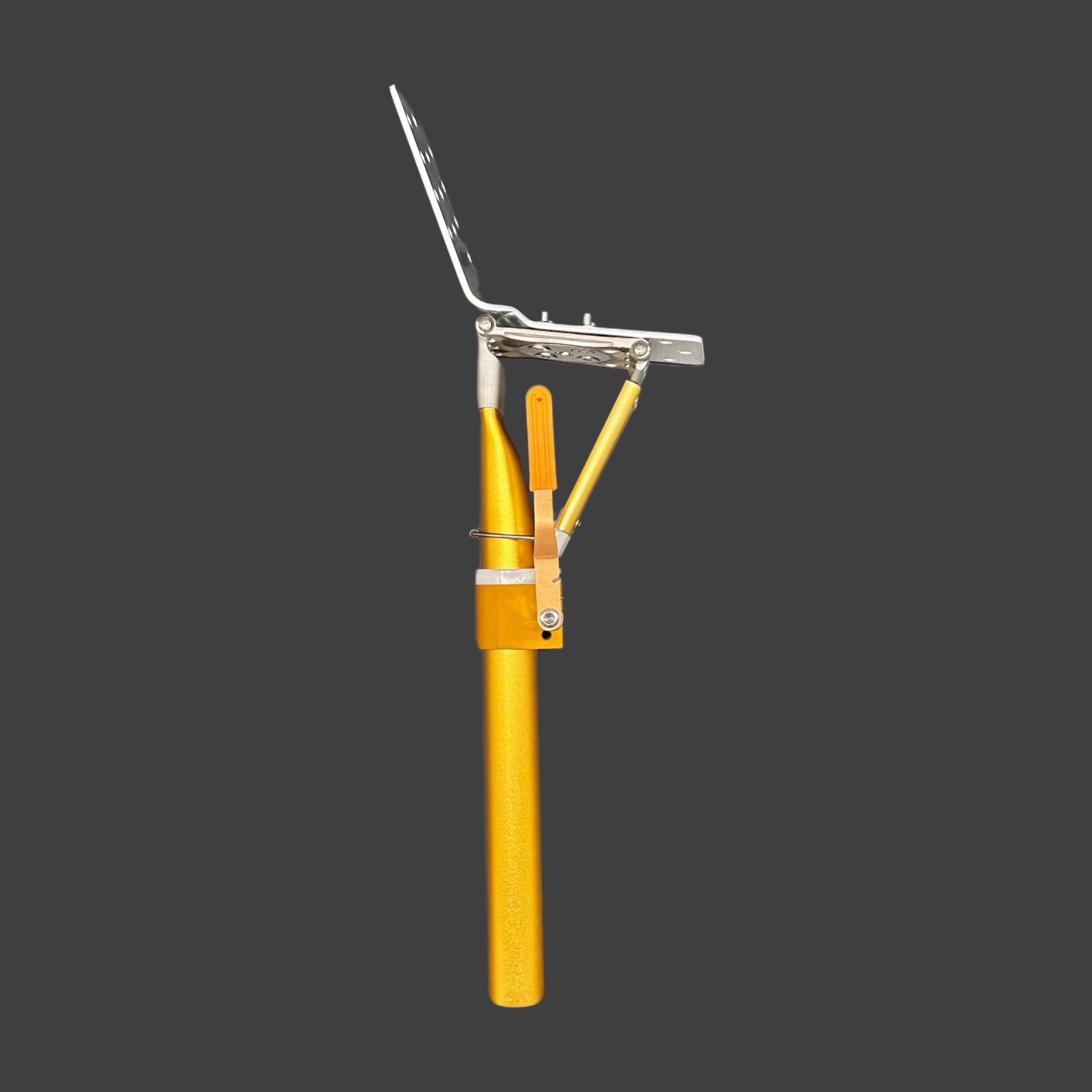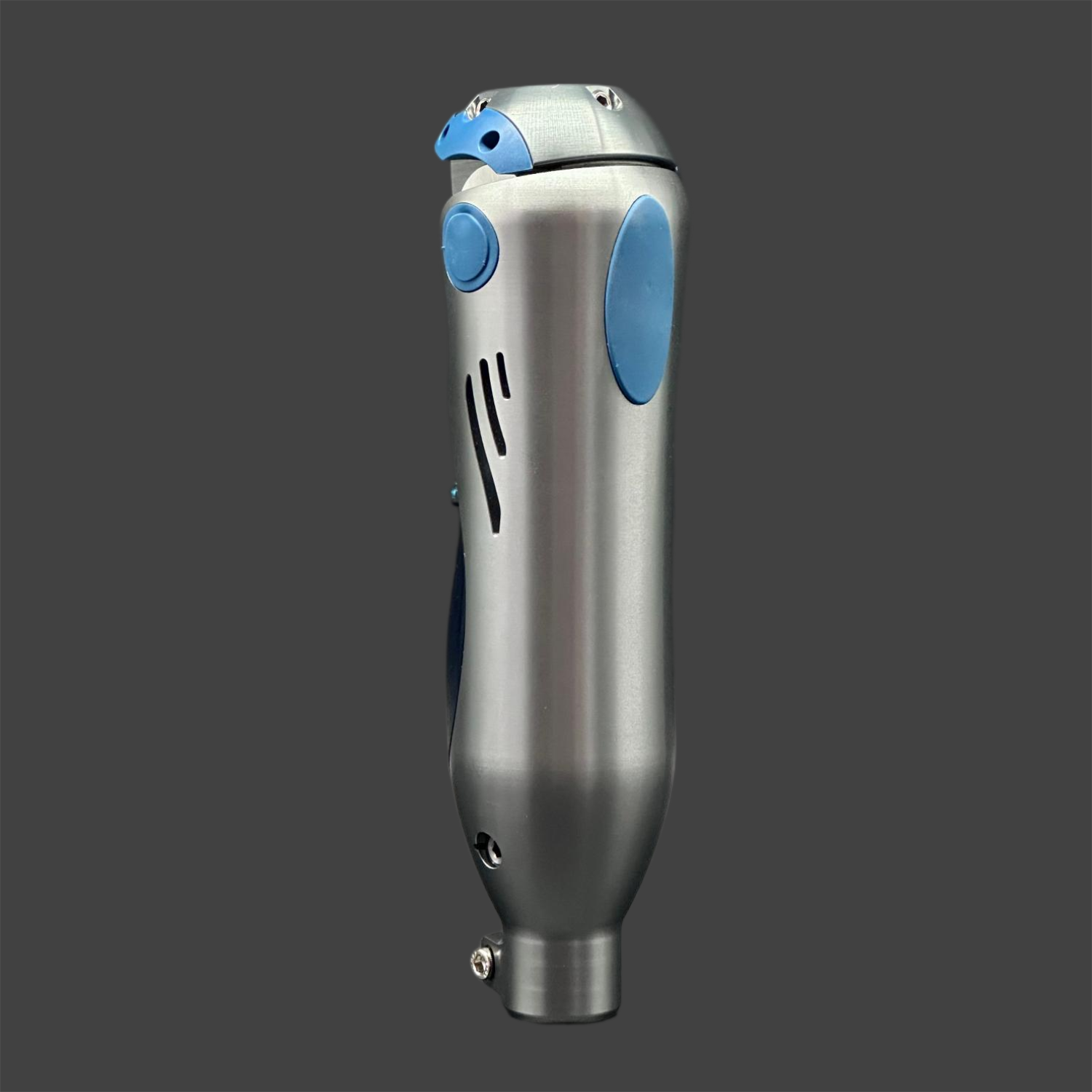Advanced Stability Control System
The polycentric knee joint's stability control system represents a breakthrough in prosthetic technology, incorporating sophisticated mechanical principles to enhance user safety and confidence. This system utilizes a series of interconnected linkages that automatically adjust the joint's resistance based on the user's movement and position. During the stance phase, the geometry of the mechanism creates a highly stable platform that effectively resists unwanted flexion, significantly reducing the risk of sudden collapse. The system's responsive nature allows it to adapt instantly to changes in walking speed and terrain, providing consistent support while maintaining natural movement patterns. This advanced stability feature is particularly beneficial when navigating slopes or uneven surfaces, as it automatically increases support when additional stability is needed. The control system also incorporates progressive resistance that feels natural and predictable, allowing users to develop greater trust in their prosthetic device.


